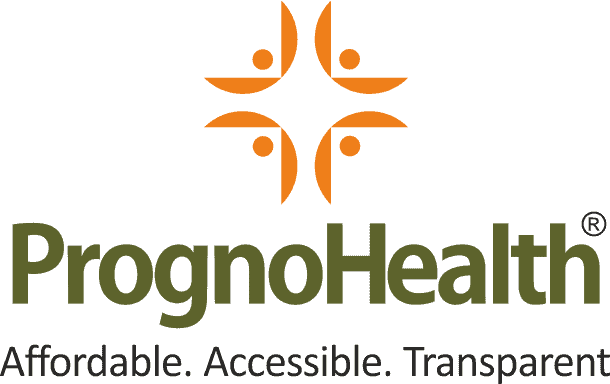PrognoHealth – Corporate Health & Wellness Specialist
Contact Us
+91 9510650660
Email Us
corpsales@prognohealth.com
Contact Us
+91 9510650660
Email Us
corpsales@prognohealth.com
Puerperal Sepsis
Puerperal sepsis, also known as postpartum sepsis, is a severe bacterial infection that occurs after childbirth. It can affect both the mother and the baby, and if left untreated, can lead to serious complications such as septic shock, organ failure, and death.
Symptoms of puerperal sepsis can include fever, chills, abdominal pain, foul-smelling vaginal discharge, and rapid heartbeat. In severe cases, the mother may develop septic shock and experience symptoms such as low blood pressure, confusion, and organ failure.
Diagnosis of puerperal sepsis is made through a combination of physical examination, lab tests, and imaging studies. Common tests include blood cultures, urine cultures, and pelvic exams.
Common treatment methods for puerperal sepsis include antibiotics, IV fluids, and oxygen therapy. In severe cases, the mother may need to be hospitalized and treated in an intensive care unit. In some cases, surgery may be required to remove infected tissue.
Preventing puerperal sepsis from occurring is crucial, as there is currently no cure for the disease. The most effective way to prevent puerperal sepsis is through good hygiene practices and maintaining a clean environment during childbirth. This includes:
Proper hand hygiene for healthcare providers
Cleaning the perineal area after childbirth
Prompt recognition and treatment of obstetric complications
Early identification and treatment of fever and other signs of infection
Proper management of episiotomy and cesarean section
Annual health check-ups and corporate health & wellness programs can also play a role in preventing puerperal sepsis. These programs can help identify women who may be at risk of puerperal sepsis, and provide them with the necessary screenings and preventive measures.
Diet and exercise have no direct effect on preventing puerperal sepsis but maintaining a healthy lifestyle before and during pregnancy can help boost the immune system and reduce the risk of infections.
In conclusion, Puerperal sepsis is a severe bacterial infection that occurs after childbirth. It can affect both the mother and the baby and if left untreated, can lead to serious complications such as septic shock, organ failure, and death. Symptoms of puerperal sepsis can include fever, chills, abdominal pain, foul-smelling vaginal discharge, and rapid heartbeat. The most effective way to prevent puerperal sepsis is through good hygiene practices and maintaining a clean environment during childbirth.
Blog Categories
Top rated products
-
 FB Health Checkup I
Rated 5.00 out of 5
FB Health Checkup I
Rated 5.00 out of 5₹3,000.00Original price was: ₹3,000.00.₹1,770.00Current price is: ₹1,770.00. -
 FB Health Checkup V
Rated 0 out of 5₹3,900.00
FB Health Checkup V
Rated 0 out of 5₹3,900.00 -
 Pro Health Plus Female
Rated 0 out of 5
Pro Health Plus Female
Rated 0 out of 5₹15,000.00Original price was: ₹15,000.00.₹8,250.00Current price is: ₹8,250.00. -
 Healthy life Plus Male
Rated 0 out of 5
Healthy life Plus Male
Rated 0 out of 5₹15,000.00Original price was: ₹15,000.00.₹8,250.00Current price is: ₹8,250.00. -
 Progno Health AHC I Annual
Rated 0 out of 5
Progno Health AHC I Annual
Rated 0 out of 5₹3,000.00Original price was: ₹3,000.00.₹1,650.00Current price is: ₹1,650.00.
About Us
Progno Health is a Corporate Health & Wellness Specialist providing services to Pan India. We offer Pre-employment Health Checkup Packages, Annual Health Checkup Packages, Executive Health Checkup Packages, Occupational Health Checkup Packages, and other Health & Wellness Services.




